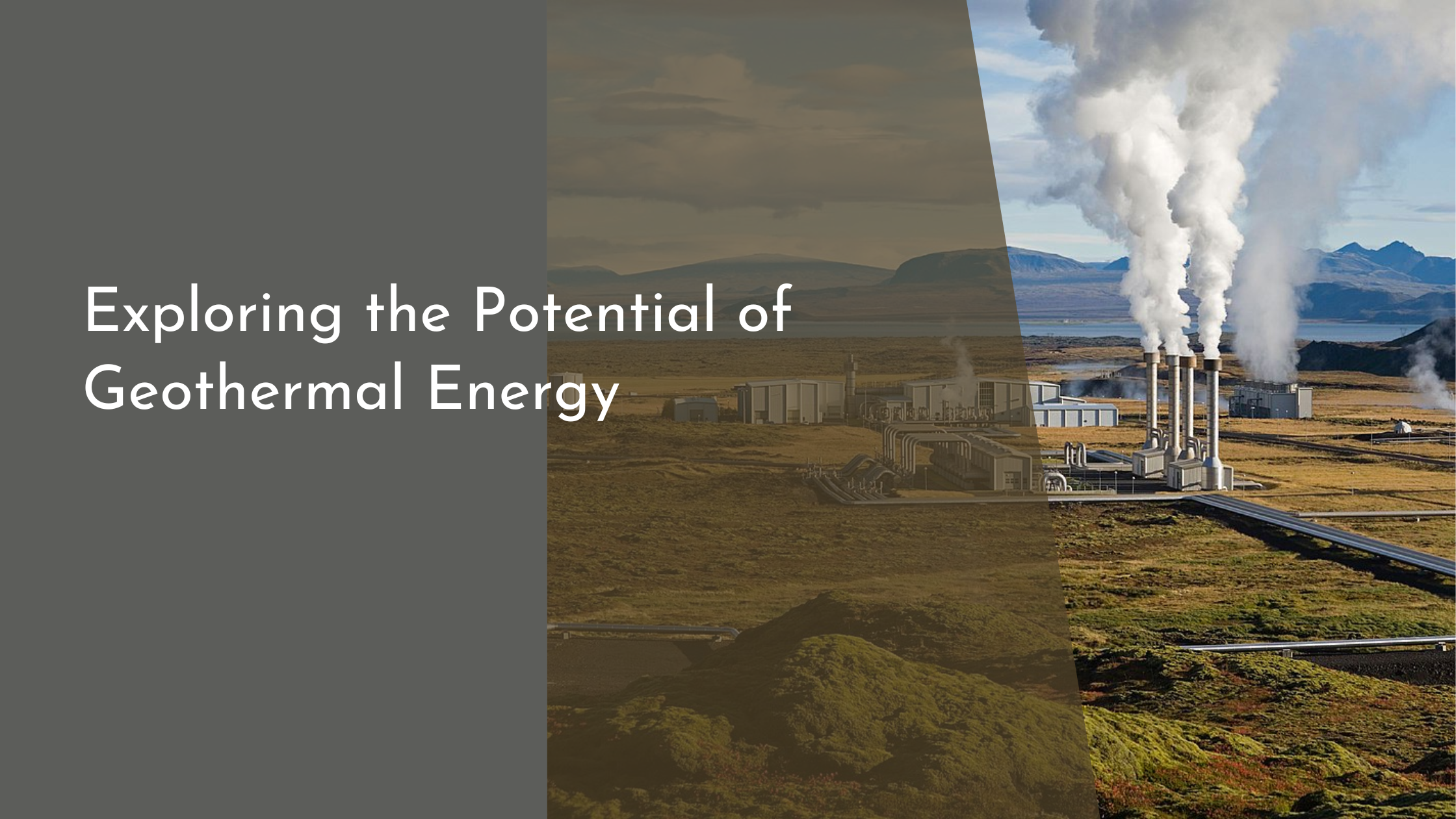Exploring the Potential of Geothermal Energy
In the quest for sustainable and renewable energy sources, geothermal energy stands out as a promising contender. As the world seeks alternatives to fossil fuels, the untapped potential of geothermal energy offers a clean, reliable, and abundant power source. This article takes you on a journey through the fascinating realm of geothermal energy, exploring its basic principles, advantages, challenges, and the bright future it holds in the global energy landscape.
Understanding Geothermal Energy Basics
Geothermal energy is derived from the natural heat of the Earth’s interior. This heat originates from the planet’s core and is produced by the radioactive decay of minerals and the primordial heat left over from the Earth’s formation. The energy is harnessed by tapping into geothermal reservoirs located beneath the Earth’s surface, where temperatures can range from moderate to extremely high. These reservoirs are accessed through wells and can be used for various applications, including electricity generation and direct heating purposes.
The process of harnessing geothermal energy involves several key technologies. The most common method is hydrothermal energy production, which utilizes hot water and steam from geothermal reservoirs to drive turbines connected to electricity generators. Other methods include enhanced geothermal systems (EGS), which involve fracturing rock to create artificial reservoirs, and the use of heat pumps for direct heating and cooling applications. Understanding these basics provides a foundation for appreciating the potential and versatility of geothermal energy.
Advantages of Geothermal Energy Sources
One of the most significant advantages of geothermal energy is its sustainability. Unlike fossil fuels, geothermal energy is a renewable resource, continuously replenished by the Earth’s internal heat. This makes it a stable and reliable energy source capable of providing consistent power output, unaffected by seasonal changes or weather conditions. Furthermore, geothermal power plants have a small land footprint, making them less disruptive to the surrounding environment compared to other energy sources.
Another advantage is the low greenhouse gas emissions associated with geothermal energy production. Geothermal power plants emit only a fraction of the carbon dioxide and other greenhouse gases produced by coal or natural gas plants. This makes geothermal energy an attractive option for reducing the carbon footprint of the energy sector and combating climate change. Additionally, the direct use of geothermal heat for district heating, agriculture, and industrial processes can lead to significant energy and cost savings.
Challenges in Geothermal Energy Development
Despite its numerous benefits, geothermal energy development faces several challenges. One of the primary obstacles is the high upfront cost associated with exploring and drilling for geothermal resources. Identifying suitable geothermal sites requires extensive geological surveys and drilling, which can be expensive and time-consuming. These initial costs may deter potential investors, despite the long-term economic benefits of geothermal projects.
Another challenge is the location-specific nature of geothermal energy. High-quality geothermal resources are not evenly distributed across the globe, which can limit the accessibility and feasibility of geothermal energy in certain regions. Additionally, the technological demands of creating and maintaining efficient geothermal systems, especially in the case of EGS, require specialized expertise and innovation. Overcoming these challenges is crucial for the widespread adoption and development of geothermal energy.
Bright Future: Unleashing Geothermal Potential
The future of geothermal energy is promising, with advancements in technology and growing interest in renewable energy sources paving the way for its expansion. Innovations in drilling techniques, such as directional drilling and the use of advanced materials, are reducing costs and improving the efficiency of geothermal energy production. Furthermore, governmental policies and incentives aimed at promoting renewable energy are creating a favorable environment for the growth of the geothermal sector.
Many countries are beginning to realize the untapped potential of geothermal energy. For instance, Iceland already meets a significant portion of its energy needs through geothermal power, setting an example for the world. As more nations invest in research and development, and technology continues to evolve, geothermal energy is poised to play a critical role in diversifying global energy portfolios. Embracing this potential will be key to achieving a sustainable and energy-secure future.
In conclusion, geothermal energy offers a wealth of opportunities as a sustainable and reliable energy source. By understanding its basics, recognizing its advantages, and addressing its challenges, we can harness its potential to create a cleaner and more sustainable world. As technological advancements continue to emerge, and as global efforts to transition to renewable energy intensify, geothermal energy is set to become an integral part of our energy landscape. Embracing this abundant resource will not only help meet our energy needs but also pave the way for a greener future for generations to come.

